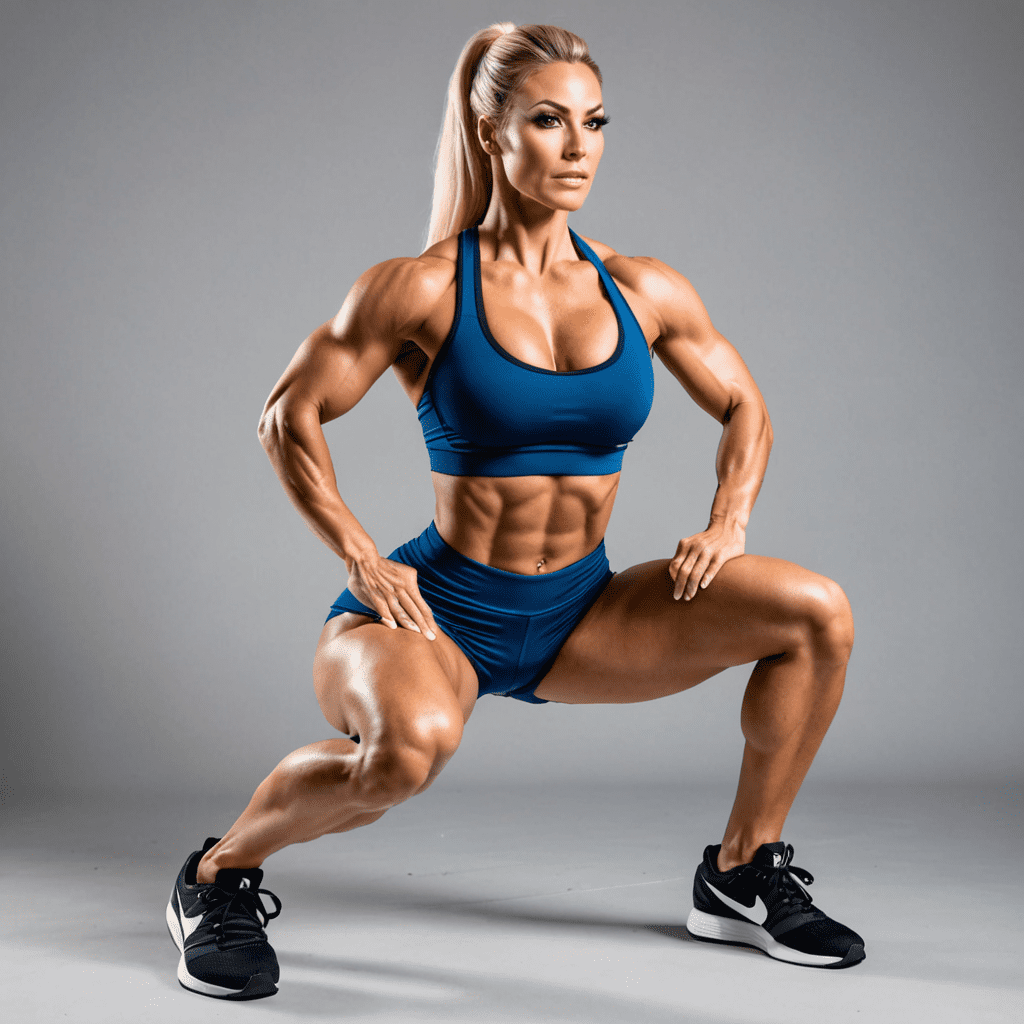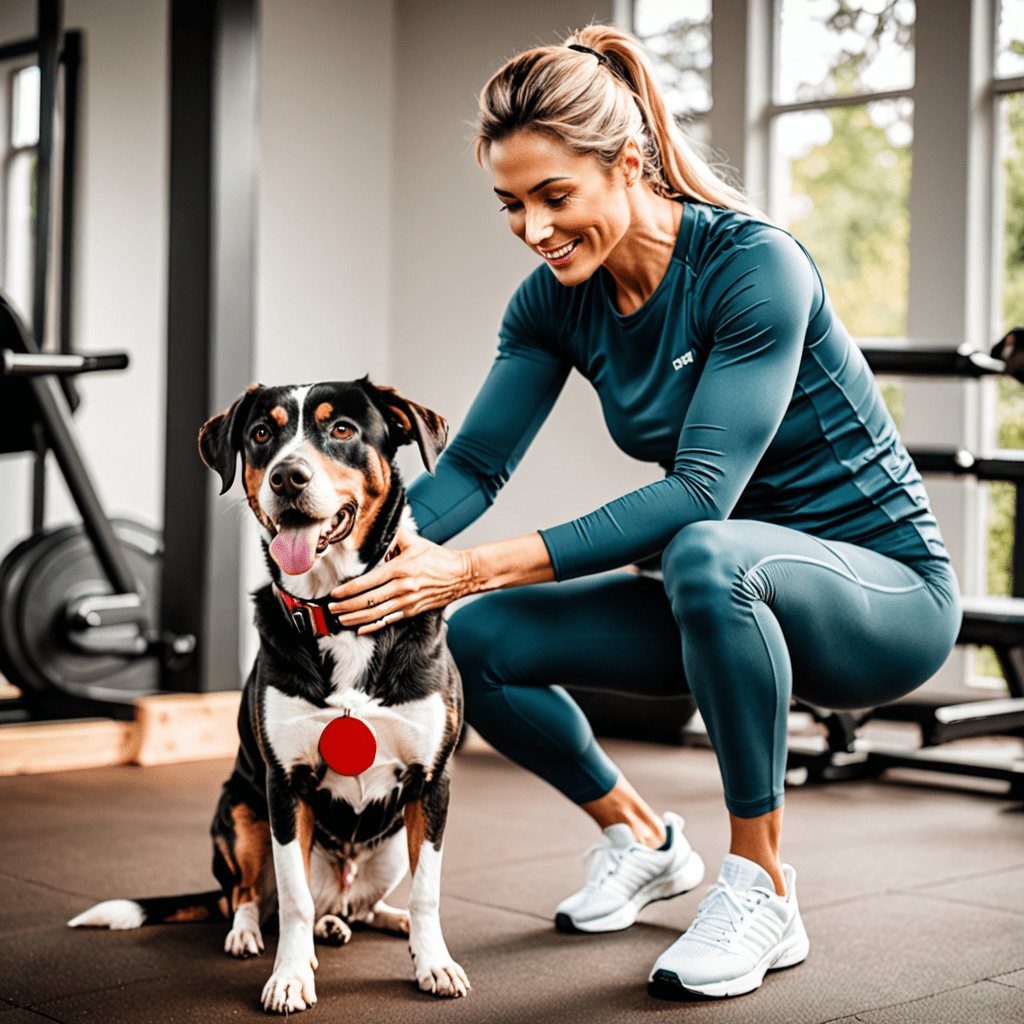
Unleash the Power of the Sissy Squat: A Step-by-Step Guide for Perfecting the Technique
What is a Sissy Squat?
The sissy squat is a bodyweight exercise that primarily targets the quadriceps, while also engaging the core, glutes, and hamstrings. It involves leaning back and bending the knees to lower the body towards the floor, creating a challenging and effective movement for strengthening and toning the lower body.
Benefits of Sissy Squats
Sissy squats are a powerful exercise for developing lower body strength, enhancing muscular endurance, and improving flexibility. They can help to increase quad activation, improve knee stability, and contribute to better overall lower body functionality.
How to Perform a Sissy Squat
To execute a proper sissy squat, follow these steps:
- Stand with your feet shoulder-width apart, and maintain an upright posture.
- Secure your feet by placing your heels against a wall or using a squat rack for stability.
- Shift your weight onto the balls of your feet and lean back, bending your knees as you lower your body towards the ground.
- Keep your torso straight and your core engaged throughout the movement.
- Lower your body as far as comfortably possible, feeling the stretch in your quadriceps.
- Push through your heels to return to the starting position, completing the repetition.
Common Mistakes to Avoid
When performing sissy squats, it’s important to be mindful of potential errors that could compromise technique and effectiveness. Common mistakes include:
- Leaning too far back, which can strain the lower back.
- Allowing the knees to cave inward instead of tracking in line with the toes.
- Descending too quickly, increasing the risk of losing balance and stability.
- Not engaging the core, leading to poor posture and potential injury.
Variations and Progressions
Once you have mastered the basic sissy squat, there are several variations and progressions to consider, such as:
- Adding resistance by holding onto a dumbbell or kettlebell at chest level.
- Performing the movement on an elevated surface to increase the range of motion.
- Incorporating a pause at the bottom of the squat to enhance time under tension.
- Exploring different foot positions to target specific areas of the quadriceps.
Considerations and Precautions
While sissy squats can be a valuable addition to your workout routine, it’s essential to approach them with caution and attentiveness. Individuals with existing knee issues or those prone to knee pain should exercise extra care and consult a fitness professional or healthcare provider before incorporating sissy squats into their regimen.
Maximizing Your Sissy Squat Experience
To optimize the benefits of sissy squats and minimize the risk of injury, ensure that you:
- Warm up adequately before performing sissy squats to prepare your muscles and joints.
- Focus on proper form and execution, prioritizing quality over quantity of repetitions.
- Listen to your body and adjust the depth and intensity of the squat based on your individual capabilities.
- Incorporate sissy squats into a well-rounded lower body workout routine for balanced development.
Frequently Asked Questions (FAQ)
Q: Can sissy squats help with knee pain?
A: When done with proper form and technique, sissy squats can strengthen the muscles surrounding the knee joint, potentially offering relief for individuals with knee discomfort. However, it’s crucial to start with caution and consult a healthcare professional if you have pre-existing knee issues.
Q: How often should I incorporate sissy squats into my fitness routine?
A: The frequency of sissy squat training depends on individual fitness levels and goals. As a general guideline, aim to include them 1-3 times per week, allowing for adequate recovery between sessions.
Q: Are sissy squats suitable for beginners?
A: While sissy squats can be beneficial for individuals of all fitness levels, beginners should start with caution, focusing on mastering the correct form and gradually increasing the intensity. It’s advisable to seek guidance from a fitness professional when introducing sissy squats into a workout routine.
Q: What are the common muscle imbalances sissy squats can help address?
A: Sissy squats can assist in addressing muscle imbalances in the quadriceps, hamstrings, and glutes, contributing to overall lower body symmetry and strength. Proper execution of sissy squats can aid in improving muscular stability and coordination.
Q: How can I progress with sissy squats once I’ve mastered the basic technique?
A: Once you have mastered the fundamental sissy squat, consider adding resistance, exploring different variations, and gradually increasing the range of motion to continue challenging and progressing your lower body strength and flexibility.


